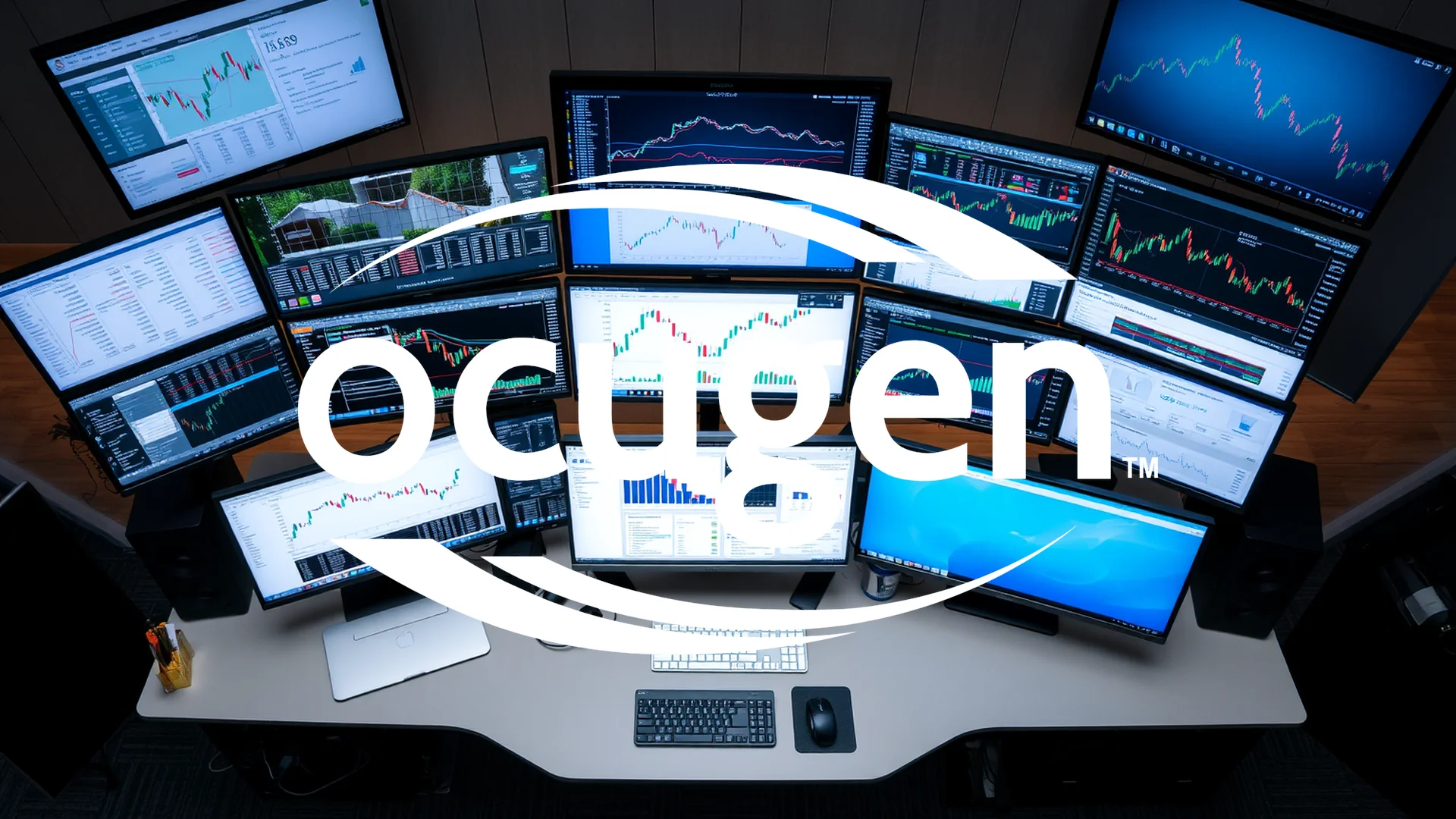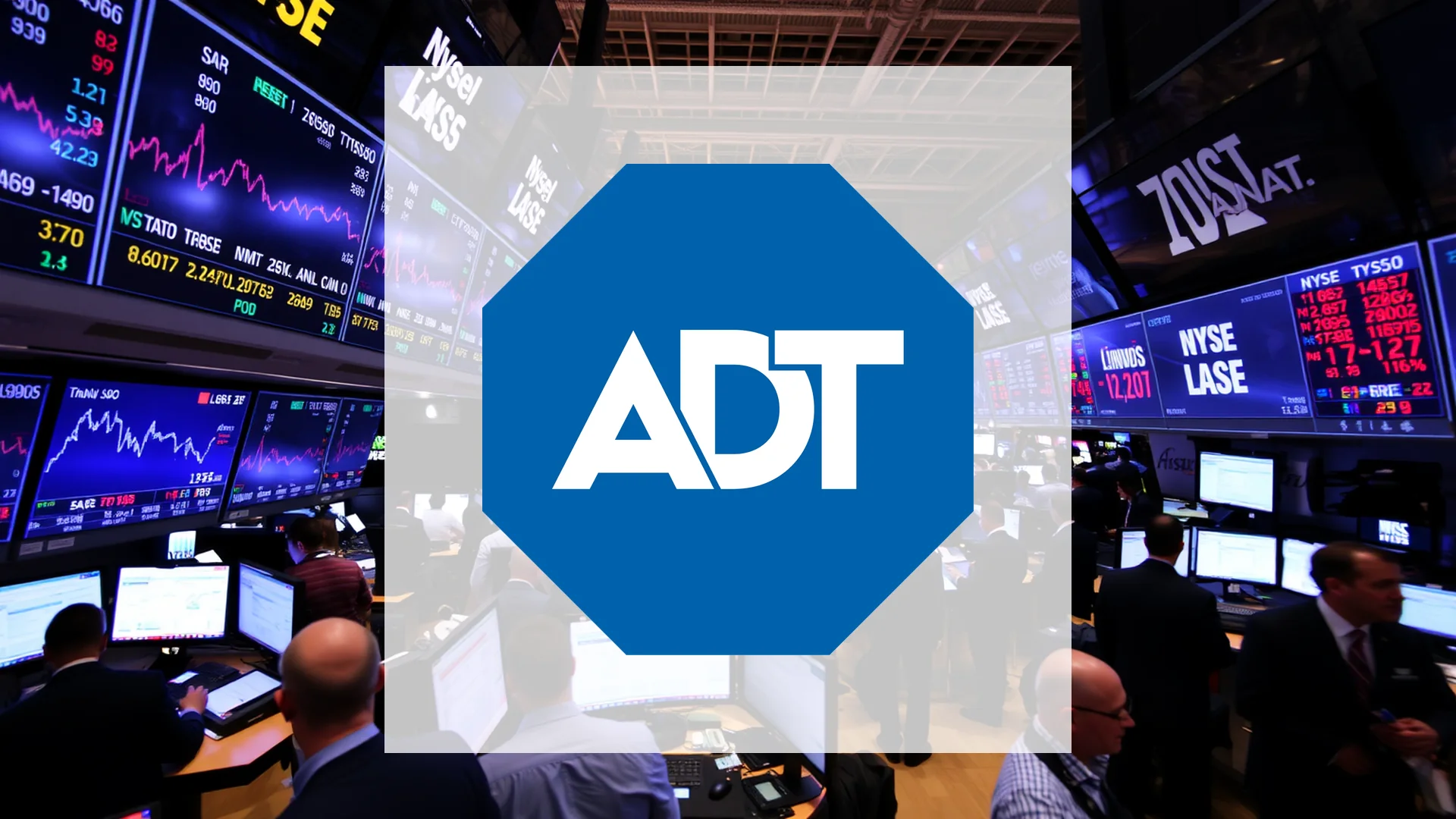Ethereum finds itself at a pivotal moment as cryptocurrency markets experience their first significant turbulence in recent weeks. The digital asset, ranking second by market capitalization, has managed to reclaim the psychologically significant $4,000 threshold following a substantial price decline. However, market sentiment remains conflicted amid contradictory signals emerging from network fundamentals, regulatory developments, and institutional activity. The central question facing investors is whether Ethereum is positioned for its next upward trajectory or if further declines loom ahead.
Institutional Confidence and Network Fundamentals
Beneath the surface of price volatility, Ethereum’s underlying metrics present a compelling case for strength. The network continues to demonstrate robust activity with more than 612,000 daily active addresses and consistently processes over 1.6 million transactions each day. Perhaps more significantly, ETH reserves on centralized exchanges are steadily declining—a classic bullish indicator suggesting investors are moving assets to long-term storage solutions rather than preparing for immediate sales.
This demand isn’t solely driven by retail participants. Major institutional players have been actively accumulating positions during recent price weakness. BitMine, among other corporate entities, has substantially expanded its Ethereum holdings and now controls approximately 2.5% of the total supply. These strategic acquisitions during market downturns reflect strong institutional belief in the blockchain’s long-term prospects.
Market Sentiment and Technical Positioning
Trading conditions during the past week introduced substantial turbulence across cryptocurrency markets. Ethereum temporarily declined to $3,870 before recovering to its current battle around the $4,000 level. Technical analysis continues to reflect bearish sentiment, while the Fear & Greed Index remains firmly in “Fear” territory. Despite these concerning signals, some market analysts detect improving trading conditions that could potentially lift the entire cryptocurrency sector.
Should investors sell immediately? Or is it worth buying Ethereum?
Regulatory Uncertainty and Development Progress
Regulatory concerns continue to weigh heavily on market participants. The comment period for the U.S. Commodity Futures Trading Commission’s proposed cryptocurrency regulations concludes today, while parallel discussions between industry representatives and Senate Democrats regarding market structure legislation are ongoing. Additional complexity arises from the Securities and Exchange Commission’s continuing scrutiny of staking services, creating further uncertainty for investors.
Meanwhile, development progress continues with the anticipated “Fusaka” upgrade scheduled for early December, expected to deliver further scalability improvements. However, these technical advances coincide with growing concerns about centralization risks. A core Ethereum developer recently highlighted the increasing influence of venture capital firms like Paradigm, warning that their funding of critical projects and recruitment of key researchers could potentially compromise the platform’s decentralized ethos.
The path forward for Ethereum hinges on whether the network’s fundamental strengths can overcome regulatory challenges and centralization concerns. Market participants now watch closely to see if these conflicting technical, fundamental, and regulatory factors will ultimately translate into sustainable growth for the world’s second-largest cryptocurrency.
Ad
Ethereum Stock: Buy or Sell?! New Ethereum Analysis from December 5 delivers the answer:
The latest Ethereum figures speak for themselves: Urgent action needed for Ethereum investors. Is it worth buying or should you sell? Find out what to do now in the current free analysis from December 5.
Ethereum: Buy or sell? Read more here...












